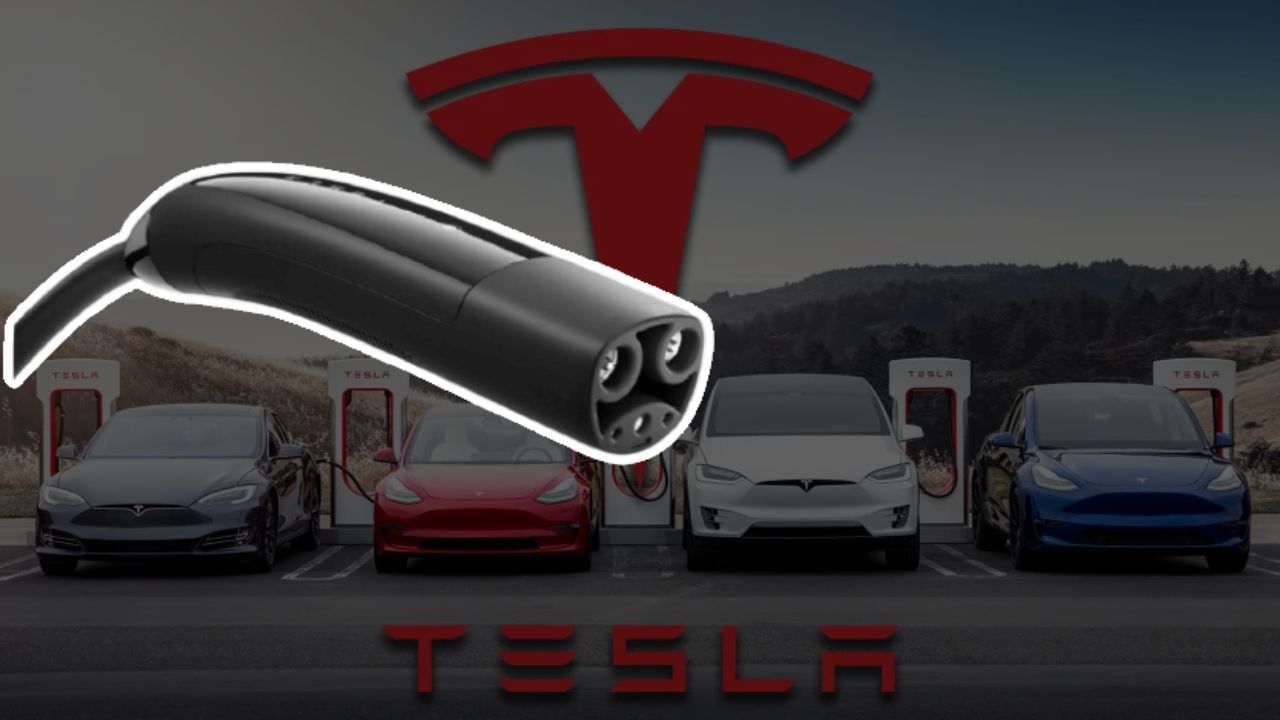The world of automotive enthusiasts is witnessing a remarkable trend: the conversion of classic gas-powered cars into electric vehicles (EVs). This growing movement is fueled by the desire for increased power, efficiency, and environmental sustainability. In this article, we explore the concept of EV conversions and how they are revolutionizing the car industry.
EV conversions involve taking vintage or classic cars and replacing their internal combustion engines with electric drive systems. This process breathes new life into these iconic vehicles, combining the timeless aesthetics with modern technology. Enthusiasts are eager to unleash the full potential of their favorite cars by harnessing the power of electric motors.
One prominent player in this industry is EV West, a speed shop based in San Diego, California, specializing in custom electric cars. They are passionate about maximizing horsepower and making driving experiences even more exhilarating. They have successfully converted a 1976 BMW 2002 and a 1977 Porsche 911, incorporating a 550 horsepower Tesla drive unit.
The interest in electric vehicles is soaring, with a 55% increase in new EV sales in 2022 compared to the previous year. The United States is expected to see one in ten cars sold featuring a plug, a significant milestone in the transition to sustainable transportation. In fact, some regions, such as California and various European countries, have set targets to end the sale of new gasoline-powered vehicles by 2035 or earlier.
With approximately 1.2 billion vehicles currently on the planet, there is a pressing need to find solutions to reduce the number of internal combustion engines on the roads. EV conversions offer a viable solution to repurpose existing vehicles and contribute to the shift towards cleaner transportation. This demand has led to the emergence of a thriving aftermarket community, providing conversion kits and components to retrofit almost any car with an electric drivetrain.
EV West, along with other conversion shops, plays a pivotal role in meeting this increasing demand. These shops handle every step of the conversion process, utilizing salvaged components from crashed EVs. This approach not only ensures the availability of high-quality parts but also promotes sustainability by repurposing existing resources. The popularity of these conversion services has grown to the extent that there is currently a waiting period of four to five years for customers to have their cars converted.
The DIY community has also embraced the challenge of EV conversions. Young enthusiasts like Frances Farnham, a 14-year-old car enthusiast, have taken on the task of converting their own vehicles. Frances is documenting her journey of converting a 1976 Porsche 914 on her YouTube channel, Tinkergineering. With the support of online communities and mentoring from experienced converters, she is gradually transforming her dream into reality.
The aftermarket ecosystem has responded to the rising interest in EV conversions by developing a wide range of components tailored for these projects. Major automotive manufacturers like Ford and General Motors are also joining the fray, offering aftermarket conversion kits. Furthermore, the Specialty Equipment Market Association (SEMA) has introduced a bill to incentivize gas vehicle conversions, advocating for rebates to make conversions more accessible to the general public.
However, there are challenges associated with EV conversions. The engineering complexities involved in retrofitting older vehicles designed for gas engines make it difficult to achieve the same level of performance and efficiency as purpose-built electric cars. The size and weight of modern battery packs require dividing them into multiple sections, compromising the overall design and balance of the vehicle. Moreover, the cost of conversions can be substantial, ranging from $40,000 to $60,000 on average, making them a more niche and enthusiast-driven market.
Despite these challenges, EV conversions hold significant promise, especially for specialized vehicles like street sweepers, bucket trucks, and garbage trucks. The longevity of these vehicles, combined with their high fuel consumption and emissions, make them prime candidates for electrification. Converting these utility vehicles to electric power can significantly reduce operating costs and environmental impact.
In addition to the environmental benefits, EV conversions also offer a unique driving experience. Electric motors provide instant torque, delivering swift acceleration and a smooth, silent ride. The absence of engine noise allows drivers to appreciate the subtle sounds of the road and enjoy a serene driving experience. Furthermore, EV conversions often come with modern features like regenerative braking, advanced infotainment systems, and enhanced safety technologies, adding a touch of contemporary convenience to classic vehicles.
Another advantage of EV conversions is the potential for customization. Enthusiasts can tailor the performance characteristics of their vehicles to suit their preferences. Whether it’s maximizing range, optimizing power delivery, or fine-tuning suspension and handling, EV conversions offer a canvas for personalization. Some conversion shops even offer options to integrate renewable energy sources, such as solar panels, to charge the vehicle’s batteries, further reducing the carbon footprint.
The future of EV conversions looks promising. As technology continues to evolve, the performance gap between purpose-built EVs and conversions is likely to narrow. Battery technology advancements, coupled with increased accessibility to charging infrastructure, will further enhance the appeal of EV conversions. Moreover, government incentives and support for the transition to electric transportation will play a crucial role in accelerating the adoption of EV conversions and making them more affordable for a wider range of consumers.
However, it is important to consider the potential impact on classic car preservation. Some argue that converting vintage vehicles to electric power may diminish their historical value and alter their original character. Preserving the authenticity of these vehicles is a valid concern, and it is essential to strike a balance between innovation and preservation. Some conversion shops address this by offering reversible conversions, allowing owners to revert to their original engines if desired.

